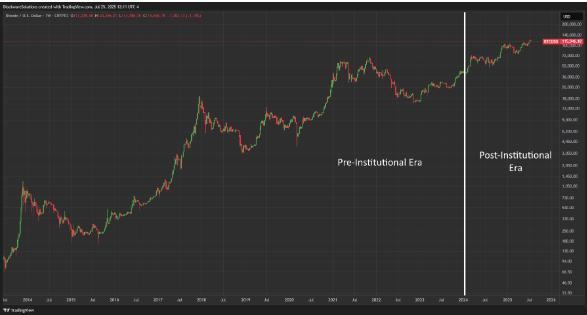An Ethereum whale just sold 2,270 ETH on-chain at an average price of 3,754 USD, generating approximately 8.52 million USDT after holding the currency for 4 months.
Based on on-chain analysis, this whale bought 3,272 ETH at 1,787 USD per coin and achieved a 1.1-time profit after selling 2,270 ETH, equivalent to a profit of 4.46 million USD.
- Ethereum whale held ETH for 4 months and generated 1.1-time profit when selling.
- Whale's average purchase price was 1,787 USD/ETH, selling at 3,754 USD/ETH.
- Selling transaction immediately generated approximately 8.52 million USDT, with a profit of 4.46 million USD.
What does the large-scale ETH sale by an Ethereum whale mean in the market?
The whale's sale of a large amount of ETH after a long holding period reflects the adjustment trend or profit-taking of large investor groups, significantly affecting the cryptocurrency market sentiment.
On-chain analyst Yu Jin noted that this is a sign of whales taking advantage of the price increase period to generate profits. With a trading volume of up to 2,270 ETH, this move could create temporary selling pressure, affecting liquidity and prices in the short term.
Typically, whales use long-term holding strategies to take advantage of large ETH price fluctuations. Selling at the current time may also signal a change in sentiment or preparation for the next Bull market phase.
How was the Ethereum whale's profit from this transaction calculated?
The whale invested 3,272 ETH at an average price of 1,787 USD and sold 2,270 ETH at a price up to 3,754 USD, achieving a profit of about 1.1 times the initial capital.
"The whale's transaction demonstrates the ability to analyze and choose appropriate market timing to optimize profits. This is evidence of the experience and strategy of large investors in the cryptocurrency market."
Yu Jin, On-chain Analyst, July 2024
With a purchase price of around 1,787 USD per ETH, this whale generated a specific profit of 4.46 million USD from selling 2,270 ETH, equivalent to a total of 8.52 million USDT received.
These figures demonstrate the potential for significant returns if investors know how to allocate and take profits correctly, especially in a highly volatile market like cryptocurrencies.
What does this transaction reflect about investment and trading trends of whales in the cryptocurrency market?
Whales typically execute large transactions based on technical analysis and market perception, aiming to maximize profits and minimize long-term risks.
According to reports from various financial institutions, whales' buying and selling actions can affect ETH price fluctuations due to large trading volumes and the ability to impact liquidity.
"Whales' buying and selling decisions are not merely individual transactions but also shape the overall trend in the cryptocurrency market."
Nguyen Van Bao, Digital Asset Management Director, 2024
Capturing whale trading signals helps small investors gain deeper insights into market trends and develop rational investment strategies.
Frequently Asked Questions
What is an Ethereum whale?
An Ethereum whale is an investor or organization owning a large amount of ETH, capable of significantly influencing market price and liquidity.
Why is the ETH sale by a whale important?
Whale transactions often signal market trends and affect investor sentiment, causing short-term price fluctuations.
How to verify on-chain whale activities?
Using on-chain analysis tools helps track the quantity, transaction time, and profits of whales, increasing data reliability.
How long do whales typically hold ETH?
Depending on the strategy, whales may hold long-term for several months to years to maximize profits from large price fluctuations.
Is this whale's profit significant?
With a profit of 4.46 million USD after 4 months, this transaction demonstrates the effectiveness of investment strategies and in-depth market analysis.








